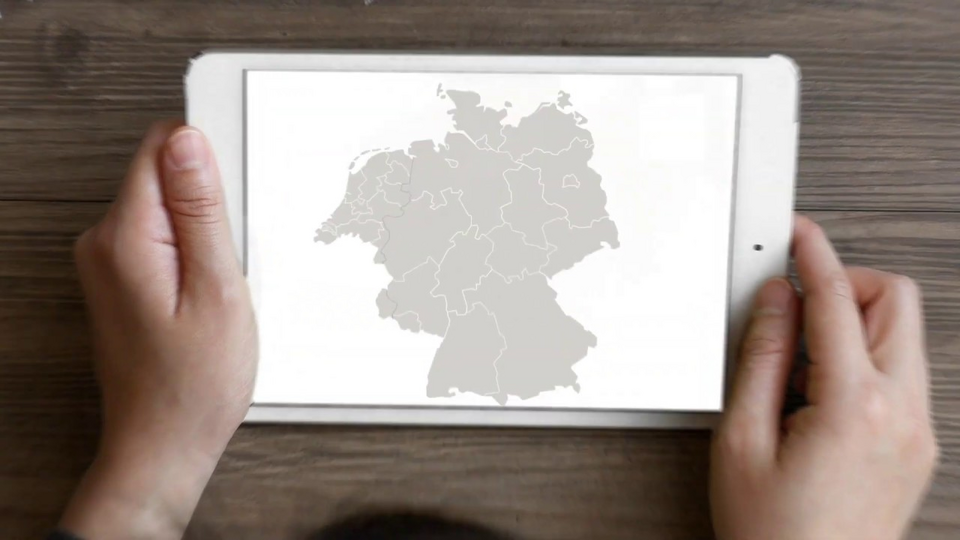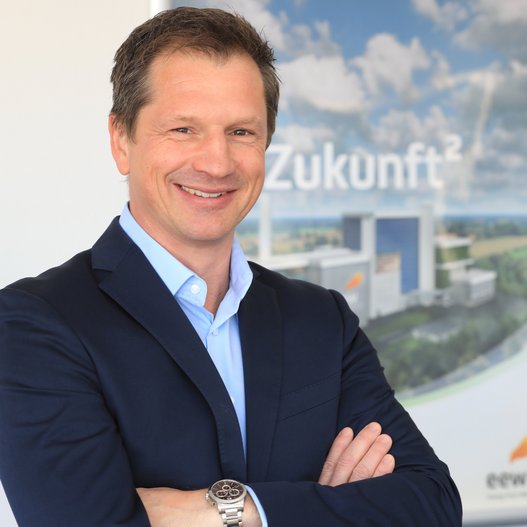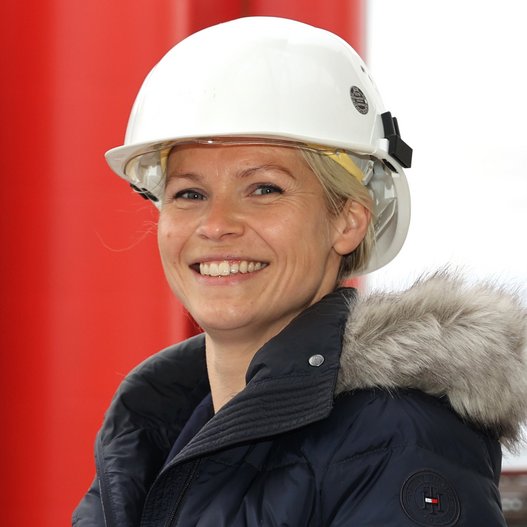Services
Doing the important things together.
Partnership for pioneering sewage sludge recycling.
With EEW Energy from Waste, municipalities are well prepared for the requirements of the future. As the operator of the largest and most modern plant park in Germany with more than 50 years of experience in waste recycling and disposal, we have the necessary expertise and excellence to develop custom-fit solutions for pioneering sewage sludge recycling that conserves resources. In sewage sludge utilization, build on the partnership with EEW Energy from Waste and thus on an expertise that is a shared perspective.
With the construction of sewage sludge mono-incineration plants at EEW plant locations that are already well prepared for tomorrow, we are thinking ahead for the long term and making investments that will pay off for municipalities in the long term. Using the existing infrastructure at EEW sites creates meaningful synergies that reduce costs and also pay off for the environment. The use of the leading technology of sewage sludge mono-incineration also enables a phosphorus recovery rate of over 90 percent in downstream processes. In addition, the EEW plant network in Germany and neighboring countries offers municipalities significant advantages in the area of logistics and at the same time represents a unique outage network. We thus guarantee the highest degree of disposal security.
With EEW Energy from Waste, you choose a sewage sludge recycling system that sets standards in terms of environmental protection and resource conservation.
Mono-incineration

Our sites offer advantages.
For a sewage sludge mono-incineration plant at an EEW site.
The construction of an EEW sewage sludge mono-incineration plant at an EEW plant site is an investment in the future that pays off in the long term. Our expertise in plant construction guarantees forward-looking planning with an eye for the big picture and for the needs of your region. Transparency and binding construction deadlines are a matter of course for us.
Safety also results from the use of leading technology. In research, it is undisputed that sewage sludge mono-incineration with subsequent phosphorus recovery in downstream processes is a particularly efficient recycling method for sewage sludge today. On the one hand, the thermal treatment reliably destroys the organic pollutants contained in the sewage sludge and kills possible pathogens. At the same time, inorganic pollutants contained (heavy metals, SO2, HCl) are effectively captured via the flue gas cleaning system. Another decisive factor is that monoincineration with subsequent phosphorus recovery is unbeatable in terms of resource conservation. Only this method enables a phosphorus recovery rate of over 90 percent in downstream processes. This means that the legal requirements are reliably met.
In addition, after subsequent phosphorus recovery, the phosphorus required for the plants can be made available to agriculture as a directly usable fertilizer on the one hand and to industry as a raw material on the other.
Our location advantage creates synergies through the combination of thermal waste utilization and mono-incineration plant, which go far beyond the use of the existing infrastructure: Thermal recycling in an EEW plant ensures optimum energy yield with low energy requirements. In an exemplary sustainable manner, the emission values of our plants undercut the strict legal requirements.
Talk to us about the pioneering sewage sludge disposal in your region. With EEW Energy from Waste you decide for a sewage sludge mono-incineration plant, which is built as it is needed.
Basic knowledge
We turn waste into energy and challenges into solutions.
The thermal utilization of sewage sludge is becoming increasingly important. While for decades it was common practice to use sewage sludge contaminated with pollutants as fertilizer in agriculture, legislation has now set the course for far more environmentally friendly sewage sludge utilization.
As Germany's leading company in the generation of electricity and heat through thermal waste recycling, we are taking on this important task and aim to set an example with pioneering sewage sludge recycling. For municipalities, we develop tailor-made solutions that are sure to meet the requirements of the future. Take advantage of our expertise and innovative strength for exemplary sustainable sewage sludge recycling in your region.
Sewage sludge. A burden on soil and water.
Sewage sludge is waste from wastewater treatment. It contains everything that modern sewage treatment plants filter out of wastewater in a complex process to keep rivers, seas, groundwater and, not least, our drinking water reservoirs clean.
Every year, around 1.8 million metric tons of sewage sludge dry matter are produced in Germany during the treatment of municipal wastewater. In particular, sewage sludge from wastewater treatment plants in large cities and metropolitan areas is significantly contaminated with pollutants such as heavy metals, organic pollutants, pharmaceutical residues, pathogens and microplastics. At the same time, sewage sludge also contains phosphorus as a resource. This nutrient, which is vital for all of us, promotes plant growth. This is another reason why sewage sludge has been used as a fertilizer in agriculture for decades.
Over time, agricultural sewage sludge utilization has come under increasing criticism. This is because, despite pretreatment, sewage sludge contains pollutants that are dispersed in soils and waters and ultimately enter our food chain.
In addition, an oversupply of phosphates promotes the eutrophication or overfertilization of streams, rivers and lakes.
It is time to act so that neither our environment nor our health are polluted.
Pollution and source of danger
Agricultural recycling is still a common disposal method for sewage sludge in Germany. Approximately one quarter of the sewage sludge produced ends up on our fields as fertilizer after pre-treatment. With today's knowledge of the pollutants contained and unforeseeable damage to the environment and health, this is not responsible.
-
Organic pollutants
Sewage sludge contains organic pollutants from the use of water in industry, commerce and households.
-
Heavy metals
Heavy metals such as arsenic, copper and nickel contained in sewage sludge pollute our soils and can leach into ground and surface waters.
-
Pharmaceuticals
Pharmaceutical residues enter wastewater through excretions after therapeutic applications or through improper, illegal disposal of drug residues and are also detected in sewage sludge.
-
Pathogens
Sewage sludge contains bacteria, viruses, parasites and worm eggs. In combination with the drug residues, the pathogens can form antibiotic resistance. If these resistant germs enter the environment, they pose a significant health hazard.
-
Microplastics
Minute plastic particles from cosmetics and personal care products or clothing particles dissolved in laundry are a growing threat to bodies of water.
Resource and energy source
With EEW Energy from Waste, today's pollutant and hazardous source of sewage sludge becomes a valuable resource and energy source. We convert the waste product into valuable energy and enable at least 80 percent recovery of the vital resource phosphorus through mono-combustion.
-
Safety
During thermal treatment, the organic pollutants contained in the sewage sludge are safely destroyed and potential pathogens are killed.
-
Resource protection
The use of the leading technology of sewage sludge mono-incineration enables a phosphorus recovery rate of more than 90 percent in downstream processes - an important contribution to resource protection.
-
Environmental protection
In an exemplary sustainable manner, the emissions of the EEW plants fall below the strict legal requirements. Our nationwide plant network offers short transport routes for any recycling that arises. Thermal conversion of organic carbons in sewage sludge reduces methane emissions and improves the CO2 balance of the recycling method.
-
Fertilizer
In addition, after subsequent phosphorus recovery, the phosphorus required for plants can be made available to agriculture as a directly usable fertilizer on the one hand and to industry as a raw material on the other.
The resource phosphorus

Component of our live.
Whether plant, animal or human - no life on earth can exist without phosphorus. The nutrient is a component of DNA, bones and teeth, and also plays a crucial role in the energy metabolism of cells. Since phosphorus is also significantly responsible for plant health and development, it is an essential component of fertilizers and as such indispensable for agriculture.
Phosphorus cannot be produced artificially, which is why we depend on its natural deposits. However, phosphorus reserves worldwide are limited. The European Commission has classified phosphorus as a critical raw material since May 2014. Only a few countries have phosphorus reserves, with almost three quarters of global reserves concentrated in Morocco.* Neither Germany nor the EU have any known reserves of raw phosphate, so we are dependent on imports from a few countries.
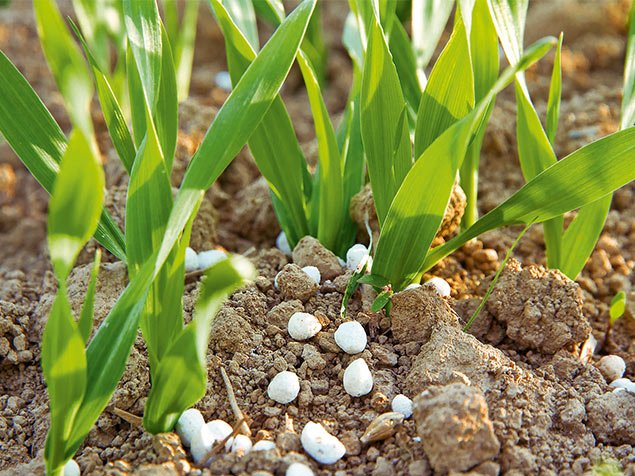
In addition, depending on the region of origin, rock phosphates can be contaminated with significant amounts of radioactive uranium.** Representatives of the German Federal Ministry for the Environment therefore view the use of rock phosphates in fertilizers increasingly critically from the point of view of health and environmental protection.*** At the same time, the extraction of the raw material is becoming increasingly complex and expensive - it can be assumed that there will therefore be price increases in the future.
It is therefore essential to safeguard phosphorus as a resource. We are taking responsibility and will make an important contribution to this with pioneering resource-saving sewage sludge recycling.
* Quelle: Killiches, F. (2013): Phosphat. Mineralischer Rohstoff und unverzichtbarer Nährstoff für die Ernährungssicherheit weltweit, BGR (Hrsg.), Hannover
** Quelle: Römer, W., Gründel, M. & Güthoff, F. (2010): U-238, U-235, Th-232 und Ra-226 in einigen ausgewählten Rohphosphaten, Phosphatdüngern, Boden- sowie Pflanzenproben aus einem P-Düngungsversuch, in: Journal für Kulturpflanzen, 62 (6), S. 200–210, Stuttgart
*** Quelle: Bergs, C.-G. (2015): Phosphor – wo geht die Reise hin? Ziele und Vorstellungen der Politik. Vortrag in Chemnitz vom 7. Mai 2015, BMUB, Bonn
Legal situation
Knowing what is becoming important.
Legal regulations for fertilizers and sewage sludge lead to a need for action.
Knowledge about the pollution of our soils and waters by sewage sludge, as well as growing environmental and health awareness, have led to a rethink. After years of discussion, the legislature set the course in 2017 for far more environmentally conscious sewage sludge utilization.
The adapted Fertilizer Ordinance (DüMV) has implications for sewage sludge that can be used in agriculture. From the beginning of 2019, fertilizers containing synthetic polymers may only be used if the amount of synthetic polymers applied does not exceed 45 kilograms of active substance per hectare within three years. As a result, as of January 1, 2019, many sewage sludges can no longer be used as fertilizers.
The amendment to the Sewage Sludge Ordinance (AbfKlärV), which was also passed, also aims to reduce the agricultural use of sewage sludge and ensure phosphorus recovery. From 2029, phosphorus recovery will be mandatory for wastewater treatment plants with an expansion stage of at least 100,000 population equivalents (p.e.). Three years later, the same will apply to plants with a population equivalent of at least 50,000. The plants concerned treat around two-thirds of the wastewater generated in Germany.
For large sewage treatment plants, the Sewage Sludge Ordinance stipulates that, in addition to the obligation to recover phosphorus, there is also an obligation to dispose of it thermally. The phosphorus content of the sewage sludge must be reduced by at least 50 percent or to less than 20 grams per kilogram of dry matter.
The implementation of these regulations will result in an immediate need for action for many municipalities. As a partner of the municipalities, we are ready to develop tailor-made solutions for a pioneering resource-saving sewage sludge utilization. Particularly at existing EEW sites, useful synergies with existing waste incineration plants can be achieved.
At a glance
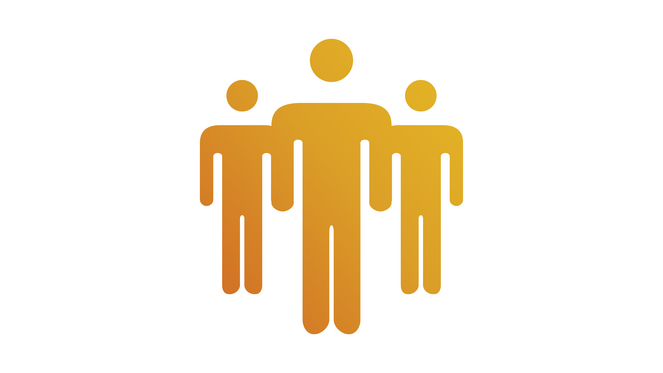
Experience and competence
With around 30 years of expertise in waste recycling and disposal, we have the necessary competence and excellence to develop leading solutions in sewage sludge recycling.

Understanding regional needs
Through our partnership with municipalities, which has often grown over decades, we have a deep understanding of regional needs and of the work and decision-making processes in municipalities.
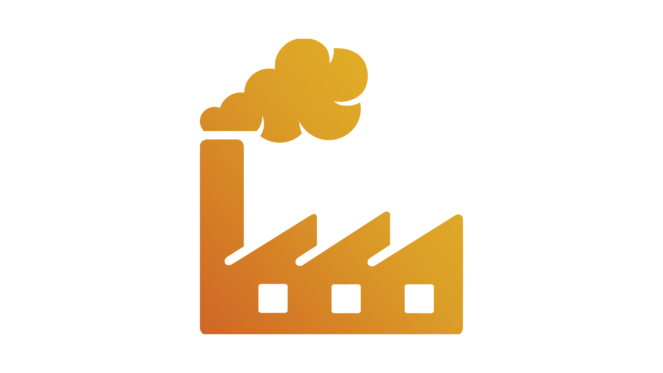
Location advantage
The construction of sewage sludge mono-incineration plants at existing EEW plant sites creates synergies that reduce costs.

Leading technology
Sewage sludge mono-incineration with subsequent phosphorus recovery in downstream processes is now considered a particularly efficient recycling method for sewage sludge.
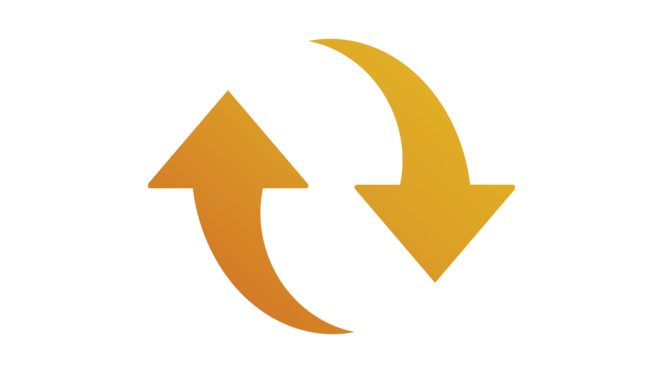
Resource conservation
Only sewage sludge mono-incineration, with downstream processes, enables a phosphorus recovery rate of more than 80 percent.

Environmental protection
During thermal treatment, the organic pollutants in the sewage sludge are safely destroyed, and contained inorganic pollutants (heavy metals, SO2, HCl) are effectively captured by the flue gas cleaning system.
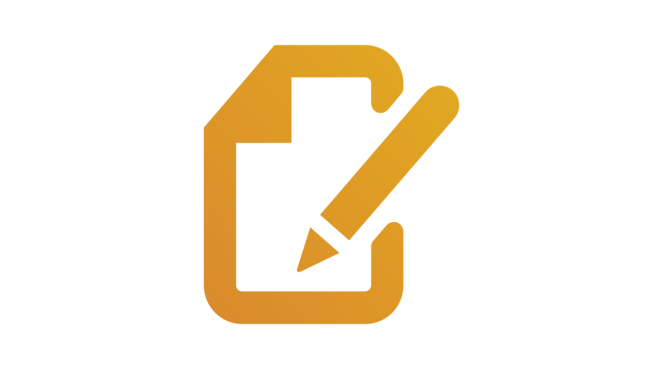
Planning reliability
We guarantee forward-looking planning that takes regional needs into account, transparency and binding construction deadlines.
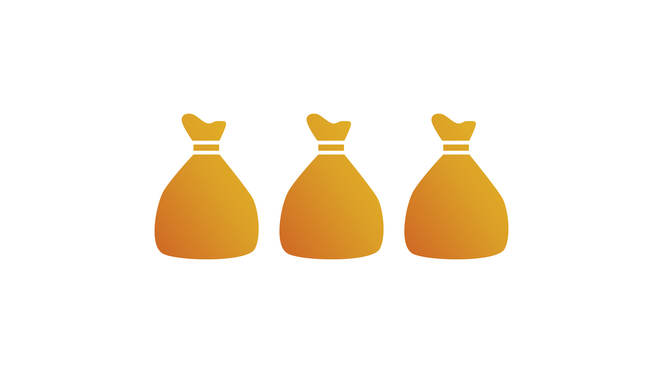
Disposal Safety
The EEW plant network in Germany and neighboring countries is a unique failure network and guarantees the highest level of disposal security.


